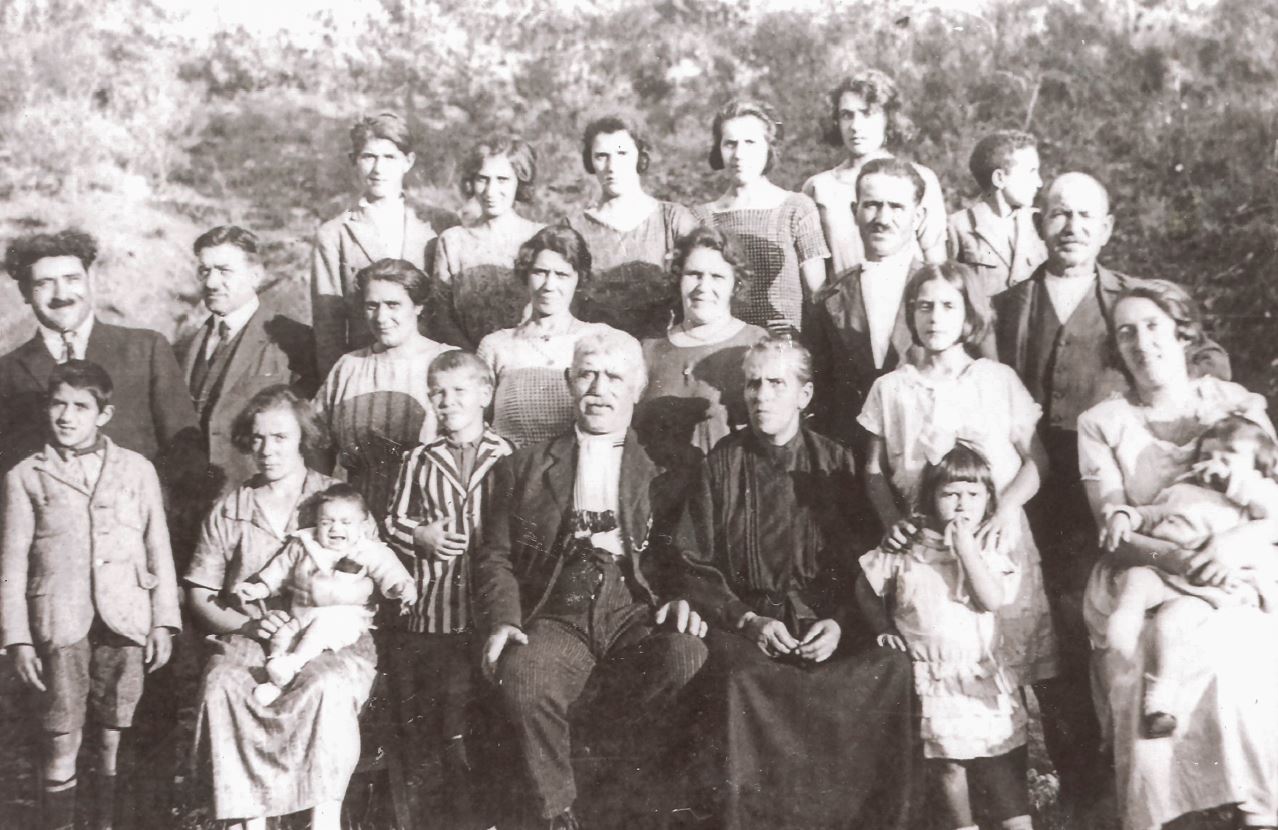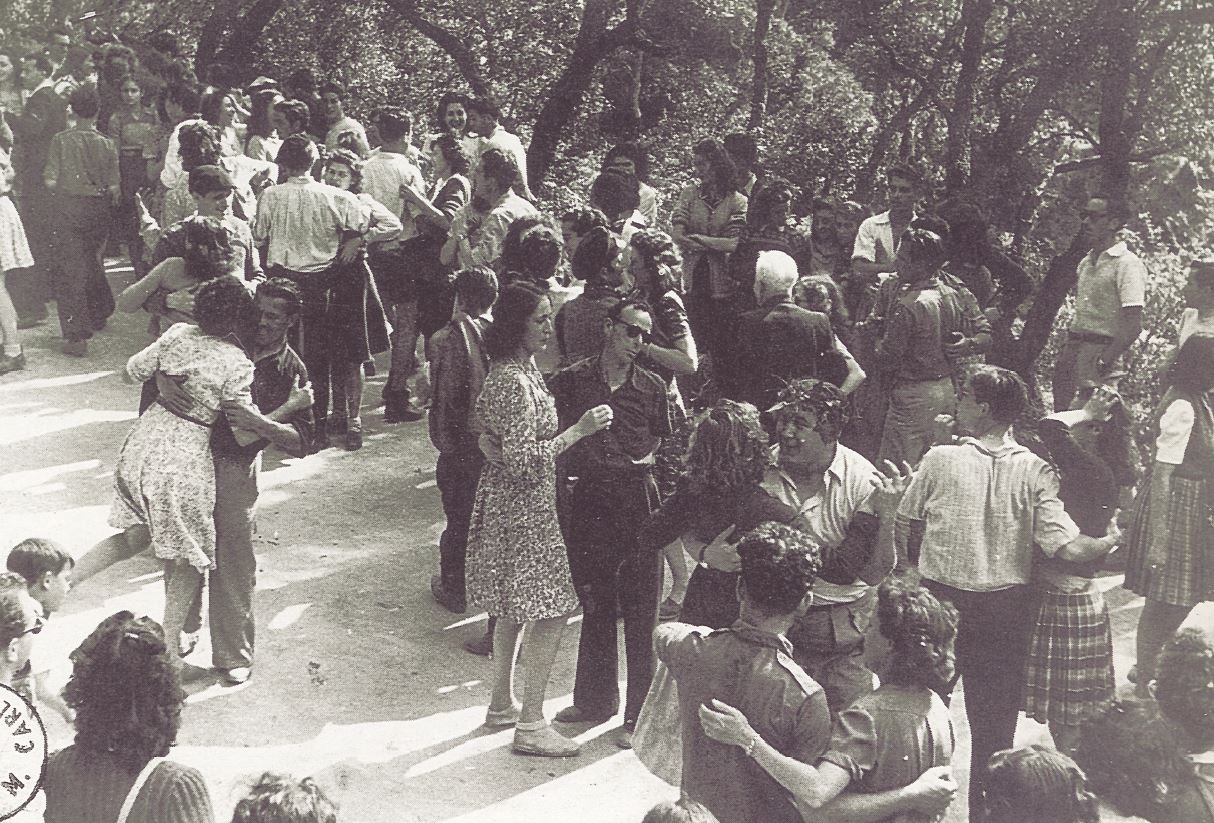THE SAINT ROCH CHAPEL
UNTIL THE CONSTRUCTION OF THE CHAPEL, THE NEAREST PLACE OF WORSHIP
WAS IN AGAY, COMPULSIVE WOMEN AND CHILDREN (WHO WERE VERY PRACTICAL,
UNLIKE MEN) TO WALK TO THIS NEIGHBORHOOD.
The Dramont Chapel is
built from 1928, on the initiative
of Mr. Libaud, director of the
Quarries Society and thanks to
donations from Messrs Provost de Launay
and Cornet, its administrators.
It was consecrated on February 19, 1929.
by the Bishop surrounded by ecclesiastics
of Saint-Raphaël, patrons
and also of the population to whom was
destined for this place of worship. The building
with bell tower and sacristy, in Provençal style,
is dedicated to Saint Roch, Saint
patron saint of quarrymen and pavers.
It is in fact a company chapel,
it is also located almost
At work. The legend
according to which each worker
careers has shaped “with love his
small stone”, is not confirmed.
The company employing masons
for his various works, the workers
probably participated in
construction and used materials
(tiles, framework in particular)
salvaged from the demolition of a
brickyard located nearby. He is
it is likely that we also did
appeal to an outside company
but it is certain that the elements
important pieces of cut stone such as:
the altar, the stoups, the baptistery, the
communion table and columns
entrances were sculpted by the most
skillful Dramontois quarrymen.
In 1933 the Quarries Society endowed
the chapel of a harmonium.
HOUSING
THE VILLAGE IS MAINLY MADE UP OF SMALL 1-STOREY HOUSES
COMPRISING 2 TO 5 DWELLINGS.
It is in fact 3 adjoining blocks of 2 pieces which can be connected by
a door. A staircase on each side gives access to the first floor.
These houses are lined up along the streets.
Between each house, there is a single-storey building that houses
storage rooms: the essential sheds.
IN THESE ACCOMMODATIONS LIVE
3 GENERATIONS
THE PARENTS, THE CHILDREN, OFTEN MANY AND THE GRANDPARENTS WHO
DO NOT HAVE A PENSION AND ARE DEPENDENT ON THEIR CHILDREN.
Behind these alignments of
houses, each has a small
garden that workers cultivate
abundantly, a chicken coop,
hutches that are managed in general
by grandfathers and children.
Grandmothers help with
housekeeping, care of
grandchildren, often freeing the
mom so she can work
a little outside (harvesting,
cleaning, cooking, etc.).
Often they sew or knit
clothes for the whole family.
In this family organization
the natural authority of the parents reigns
and respect for elders, education
is rigorous but benevolent.
LIFE IN THE VILLAGE,
PRECARIOUS COMFORT
THE BASIC ACCOMMODATIONS INCLUDE A LARGE EQUIPPED KITCHEN
A SINK WITH “A PAILLASSE EN MALONS” AND A PIPE FOR THE EVACUATION
WASTE WATER.
The water supply is not
planned, it is necessary to obtain supplies from
the nearest fountain. Gradually
the water arrived in the
houses.
For the toilet, the workers have
from a large container of water that they
place outside and use it
to get rid of dust
embedded in their tanned skin.
For a certain period, there
has paid public showers,
created in 1931, open on Saturdays,
that allow you to make a toilet
more agreable.
The toilets being non-existent, it is necessary
manage the “slops” or use the
Public toilets (3 blocks for the village).
The city has a public laundry
where housewives meet for
wash the laundry. The laundry is done at the
house in the washing machine that we
place on a wood fire.
HEALTH
DOCTOR VADON WAS PAID BY THE QUARRY SOCIETY TO CARE FOR THE
VILLAGE RESIDENTS AND WORKERS AT THE CABINET LOCATED IN THE CITY.
Then a dispensary was created in the village in 1930 and a doctor proceeded
regular free visits on Wednesdays for workers who are sick or
slightly bumpy.
Subsequently, Doctor Regis, nicknamed the doctor of the poor, ensures
home consultations, often free or paid in kind with
produce from the garden or the chicken coop.
Similarly, a nursery was created in 1950 and the notebooks of
infant and child health.
THE FAMILY

FOR MOST OF THEM, CARRIERS HAVE LARGE FAMILIES (4, 5,
6 OR MORE CHILDREN).
Life is tough but the population
is united and supports precariousness.
meals for these Italian families
are mainly made up of
polenta and pasta but one kills one
rabbit or a chicken on Sunday.
Hunting, fishing, poaching
and picking enhance the ordinary.
According to the seasons, women
and children are going to pick asparagus,
mushrooms or picking
snails. Likewise, regularly
they are going to look for bundles of wood
for cooking or grass for
feed the rabbits.
At the beginning, there are no allowances
family, unemployment or compensation
accident at work.
To help family, children
contribute by making
small jobs and in particular
pearl crowns for
Undertakers (they are missing
often school to work more).
Given the origin of this
population and living conditions
life, women are catholic
practitioners and men rather
disbelievers. On Sunday, mothers and
children walk to Agay
to attend Mass, until
what their own place of worship, the
Saint Roch chapel, be built
in 1929.
Children are
educated according to
human values and
are respectful of
traditions.
LEISURE
VILLAGE ACTIVITIES
THE QUARRY SOCIETY EMPLOYED A VERY LARGE STAFF, LOCATED ON
PLACE. THESE WORKERS HAD THE PARTICULARITY OF KNOWING EACH OTHER BECAUSE THEY
WERE EITHER RELATIVE OR ORIGINALLY FROM THE SAME REGION OF ITALY.
These people who were uprooted, who no longer had a past and whose future
was very uncertain given the difficulties of their work and their
living conditions, "survived" from day to day but enjoyed the rest
Sunday from which they benefited from 1906.
Some practiced football, others music, still others
hunting or fishing but almost all met in the popular balls
Sunday and especially during traditional festivals such as the
Sainte Baume, Sainte-Barbe, the mimosa corso, the carnival, the pilgrimage
in Sainte-Roseline…
PARTIES AND LEISURE

EVERY SUNDAY AFTERNOON, THE ROOM DU CERCLE WAS FULL, WE WERE DANCING
OF COURSE AND, IN MEMORY OF FORMER, THE “FRONT TRACTIONS” OF THE RAPHAËLOIS
WERE PARKING IN FRONT OF THE ENTRANCE.
The election of Miss Saint-Raphaël
took place there before the war of
1939. It was Mademoiselle Vitti who
was elected with Miss Mondani
as first runner-up.
On Saturday and Sunday evening, he
there was a ball in the four bars
neighborhood: Giraudo, Ferrero,
Guazzetti, Bartolini. These evenings
always ended in fights
monsters with the “Raphaëlois” because
the Italian workers were proud and
did not want the Dramontoises
allow themselves to be approached by
"strangers".
On December 4, Saint Barbara (patroness
quarrymen and pyrotechnicians) was
a day off: workers
quarries paraded through the village,
then went to the Circle where
a good meal awaited them, organized
by the employing company.
A few years later, that day
a bus trip was organised:
Castellane, Castillon Dam in
1953, etc
For Christmas, around a large fir tree,
the children of the workers tasted and
received nuts and an orange.
Later they were entitled to a gift.
The Corso du Mimosa was an opportunity
to regroup to make the float
who would represent the Dramont during
of the demonstration that was taking place
in Saint-Raphael.
The inhabitants met in the
garage located under the Salle du Cercle,
next to the Economat and worked
eagerly to be ready
for D-Day. Everything was done in secret
because it was not necessary to reveal the
theme chosen: there was a comet,
a butterfly and several times the Island
Golden !
You had to get up early to pick the
mimosa because the Agathonians, who
also prepared their tank, loved
well leave to the Dramontois only
leaves ! It was always subject to
arguments…
For Carnival, everyone
disguised himself. Even with little
means, people showed
imagination and had beautiful
suits.
A year, just before the war,
the two Mondani sisters, Marie and
Emilia, had outfits that represented
"France" with a
laurel wreath and scarf
tricolor, and “Italy” with a crown
and the colors of the country.
These two young girls presented
a banner reading "Union
of the two Latin sisters”.
They won the first prize
(a liquor service) to applause
of the jury.
Strangely, Italy declared war
to France a few months later…






